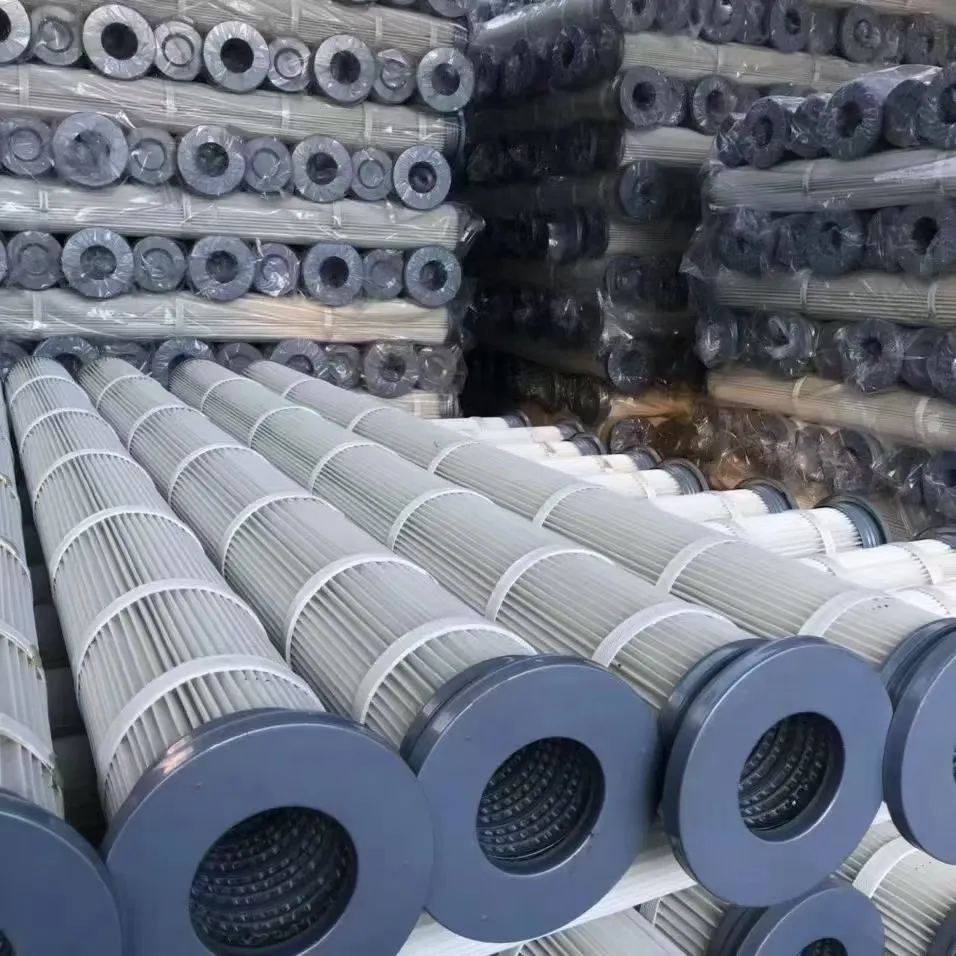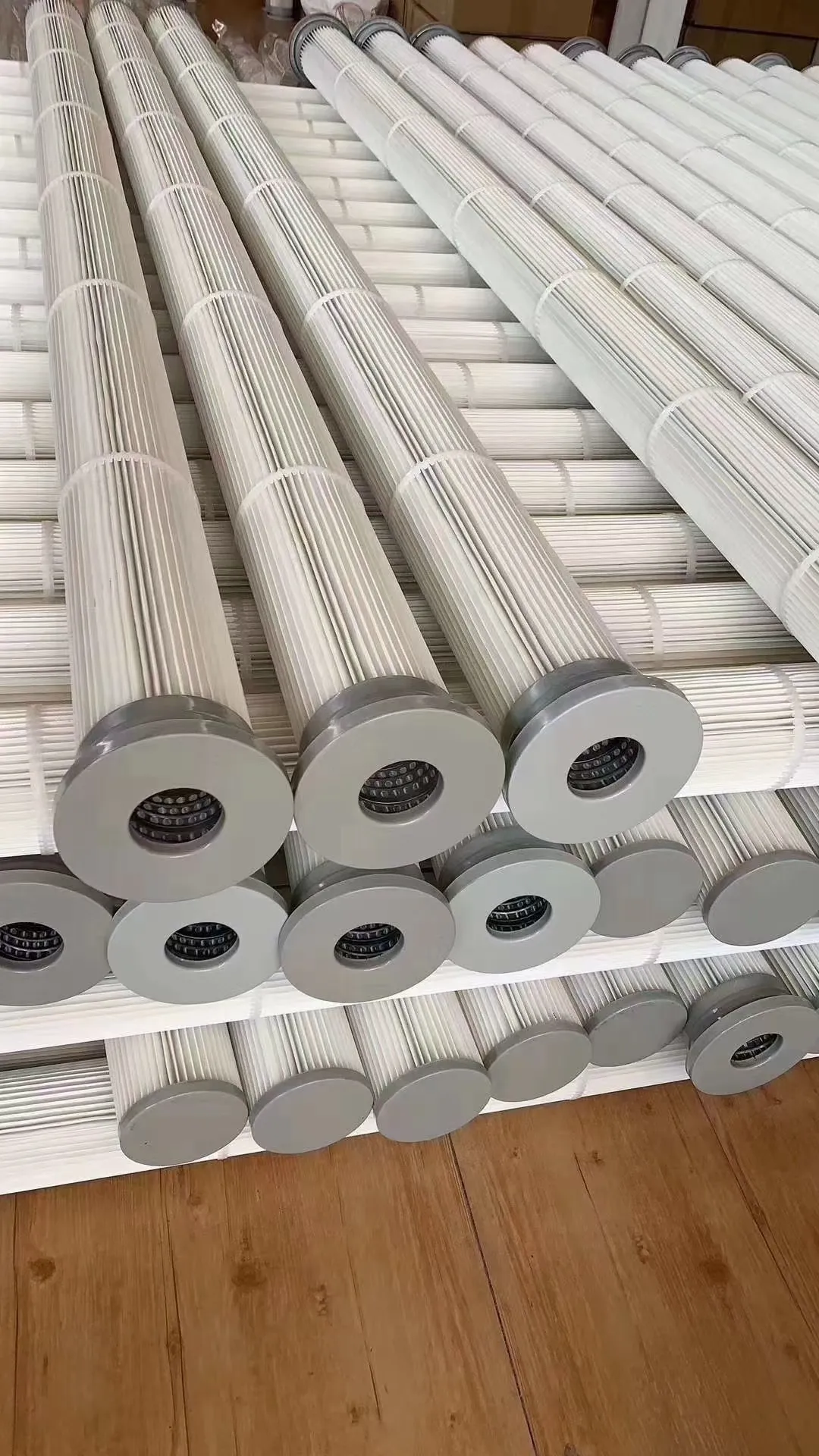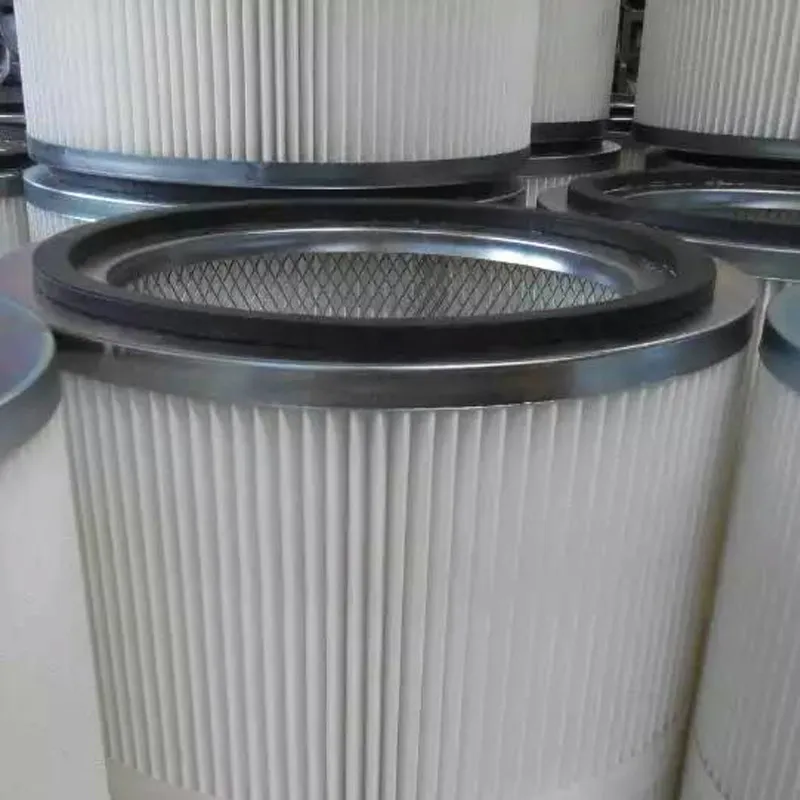 Tel:
+8618931101301
Tel:
+8618931101301
1 月 . 06, 2025 19:44 Back to list
High-Efficiency Dust Filter Cartridge Solutions
The efficiency of air filtration systems plays a critical role in industrial and commercial settings, where air quality significantly impacts health and productivity. At the heart of these systems, the dust filter cartridge stands as a pivotal component, ensuring that airborne particulates are effectively captured and contained. As industries continue to evolve, the selection and maintenance of dust filter cartridges have become a topic of immense importance.

The dust filter cartridge differs from other filtration components due to its unique structure and use of high-performance materials. Typically cylindrical, these cartridges are composed of pleated filter media that provide a large surface area within compact dimensions. This design maximizes dust holding capacity and filtration efficiency, making it ideal for environments where dust particles are prolific. Industries such as woodworking, metal processing, and pharmaceuticals often rely on these cartridges due to the diverse benefits they offer.
Key to their effectiveness are the materials used in their construction. Advanced synthetic fibers are often woven into a matrix that captures even the smallest dust particles while maintaining airflow. These fibers can also be treated with specialized coatings to enhance dust release and improve resistance to moisture and chemical degradation. Selecting the appropriate material and treatment depends heavily on the specific environmental conditions and types of particulates present.

An expertly chosen dust filter cartridge can drastically reduce maintenance costs and downtime. Many manufacturers highlight the importance of understanding the dust load and airborne particle characteristics to select the most effective cartridge. Regular monitoring and timely replacement of cartridges are also crucial for optimal performance. Industry experts suggest implementing a scheduled maintenance program that includes routine inspections, cleaning, and replacements based on the manufacturer’s recommendations and environmental factors.
dust filter cartridge
The authority in the field also points to innovations like nanofiber technology, which enhances filtration efficiency without compromising airflow. Nanofibers create a barrier that captures microscopic particles, making them particularly useful in high-stakes manufacturing operations where every particle counts. When paired with conventional filter materials, nanofiber layers significantly extend the service life of the filter cartridge while maintaining peak performance.
The trustworthy selection of a dust filter cartridge provider also plays an indispensable role in ensuring filtration reliability and efficiency. Leading manufacturers invest heavily in research and development, continuously advancing technologies that meet stringent industry standards. They offer robust customer support and post-purchase service to guarantee that end-users receive maximum value and performance.
Choosing a provider with a proven track record, certifications, and positive customer feedback is essential for any business looking to enhance its air filtration capabilities. This decision should be as meticulous as the selection of the filter itself, as it can influence operational stability and compliance with health and safety regulations.
In conclusion, the application and maintenance of dust filter cartridges demand a high level of expertise and careful consideration of operational environments. As industries strive for efficiency and sustainability, selecting the right filter cartridge can lead to significant improvements in air quality management. Investing in the right technology and expertise not only ensures compliance with environmental standards but also promotes a healthier and more productive workplace. The future of air filtration will undoubtedly bring further advancements, yet the fundamental importance of the dust filter cartridge will remain a constant in safeguarding industrial and commercial environments.
-
How to choose a high-efficiency air filter? Here comes a professional guideNewsOct.21,2024
-
Air filter: multi-field application, protecting fresh airNewsOct.17,2024
-
Carbon air filter: a green guard to protect air qualityNewsOct.16,2024
-
Can activated carbon completely remove indoor odors and pollutants in air purification?NewsOct.14,2024
-
How to filter air efficiently and ensure indoor air quality?NewsOct.12,2024
-
Activated carbon filter: the invisible guard of clean water lifeNewsOct.11,2024

 Email:
Email:





